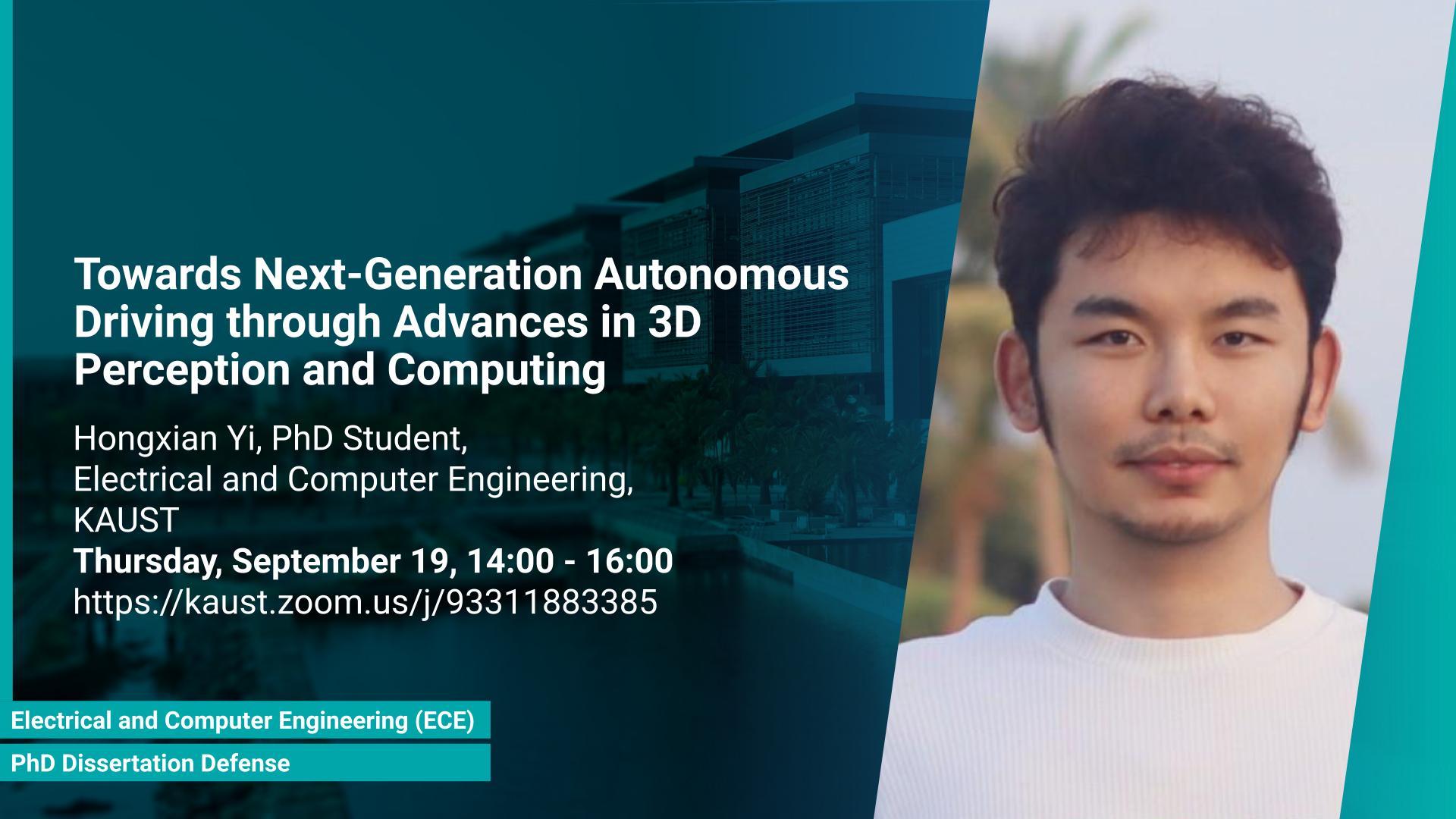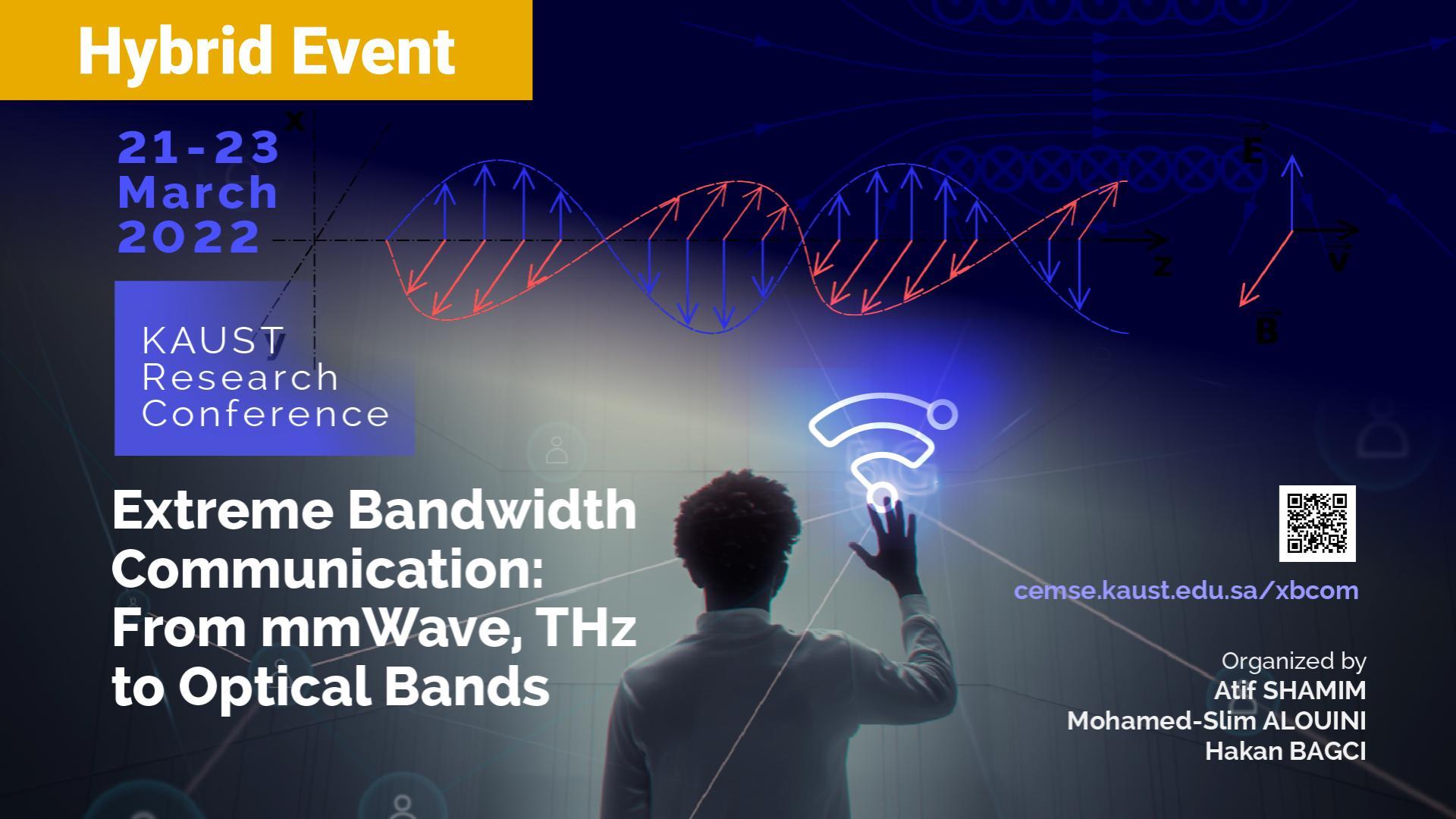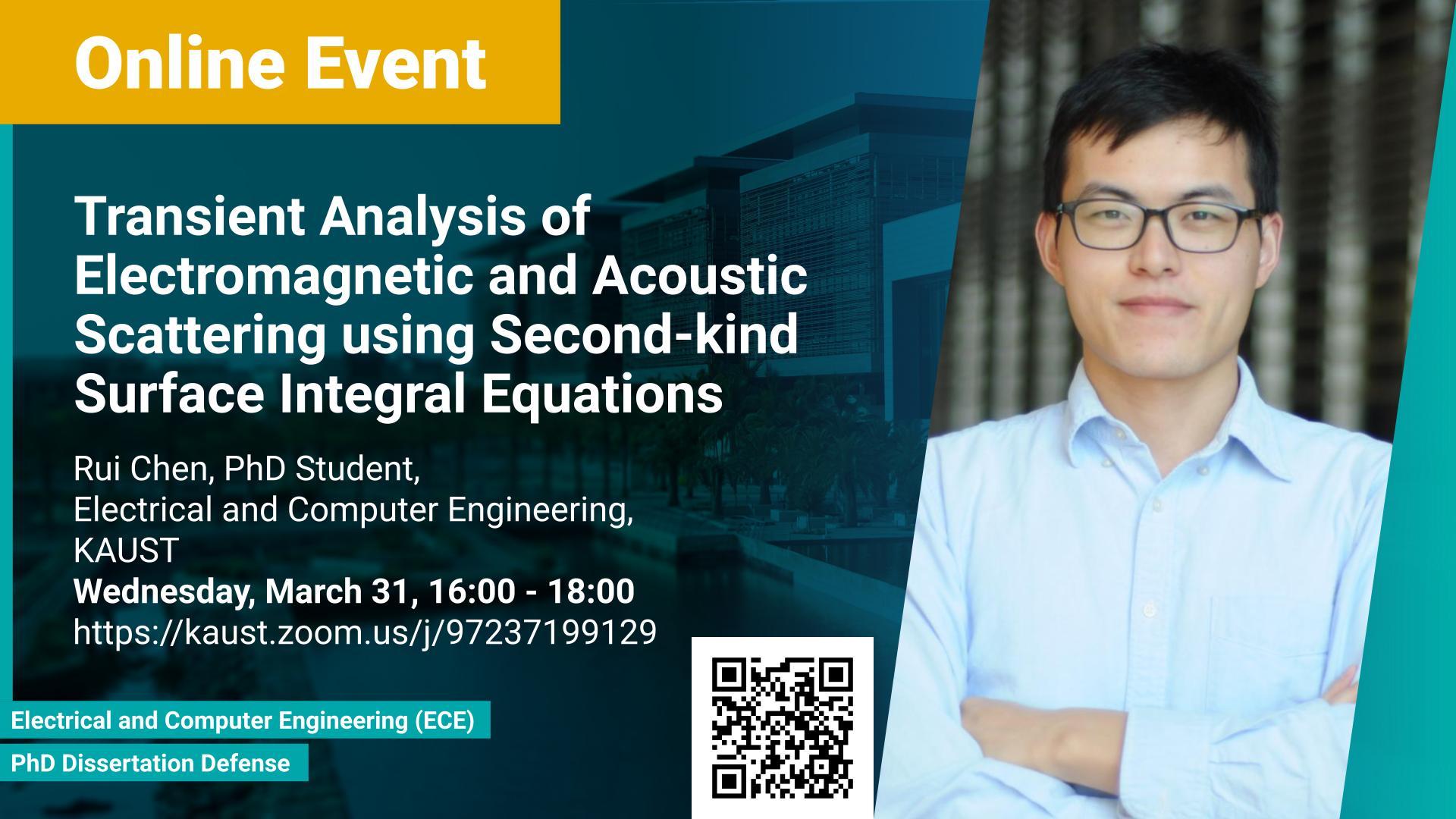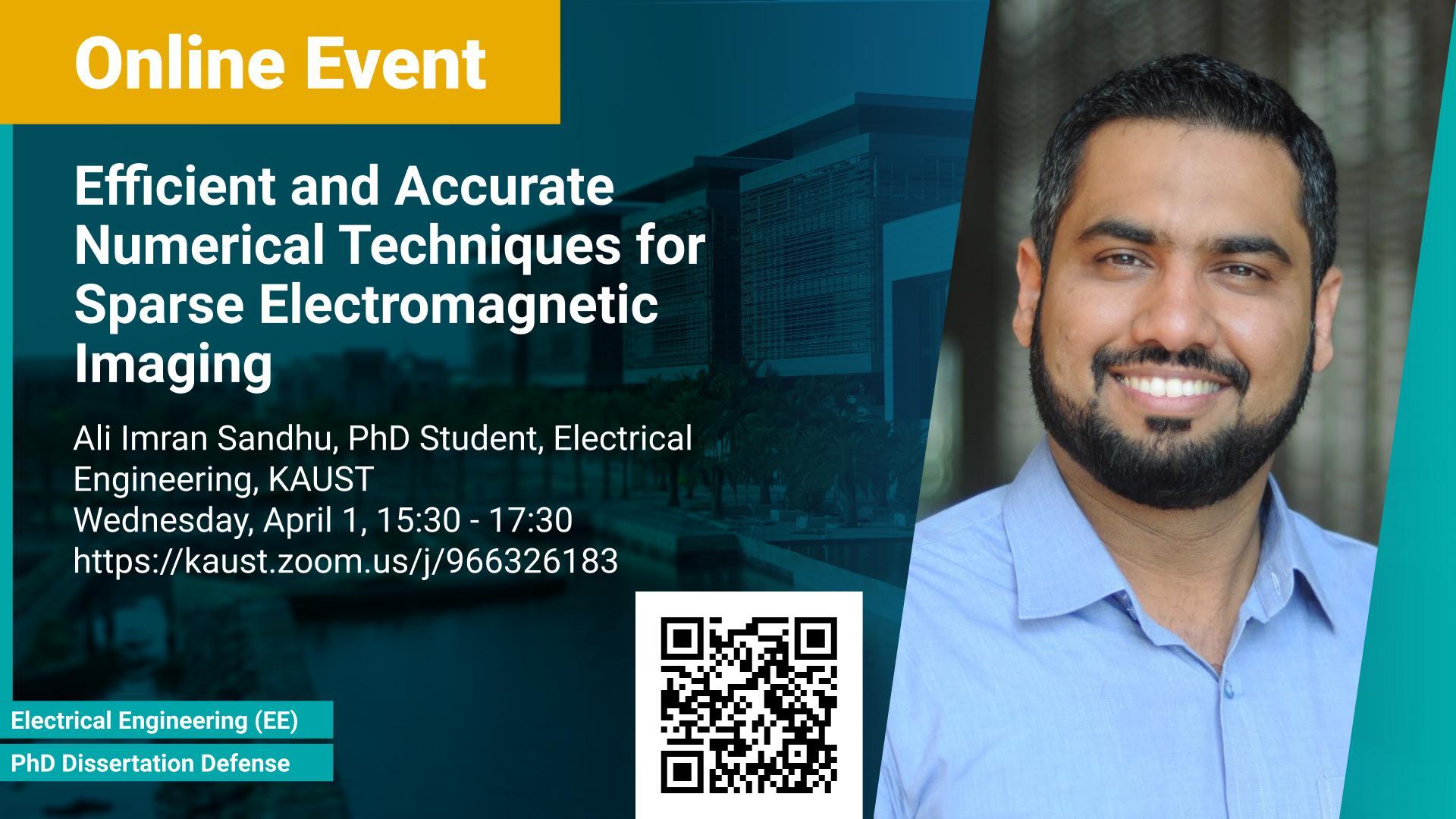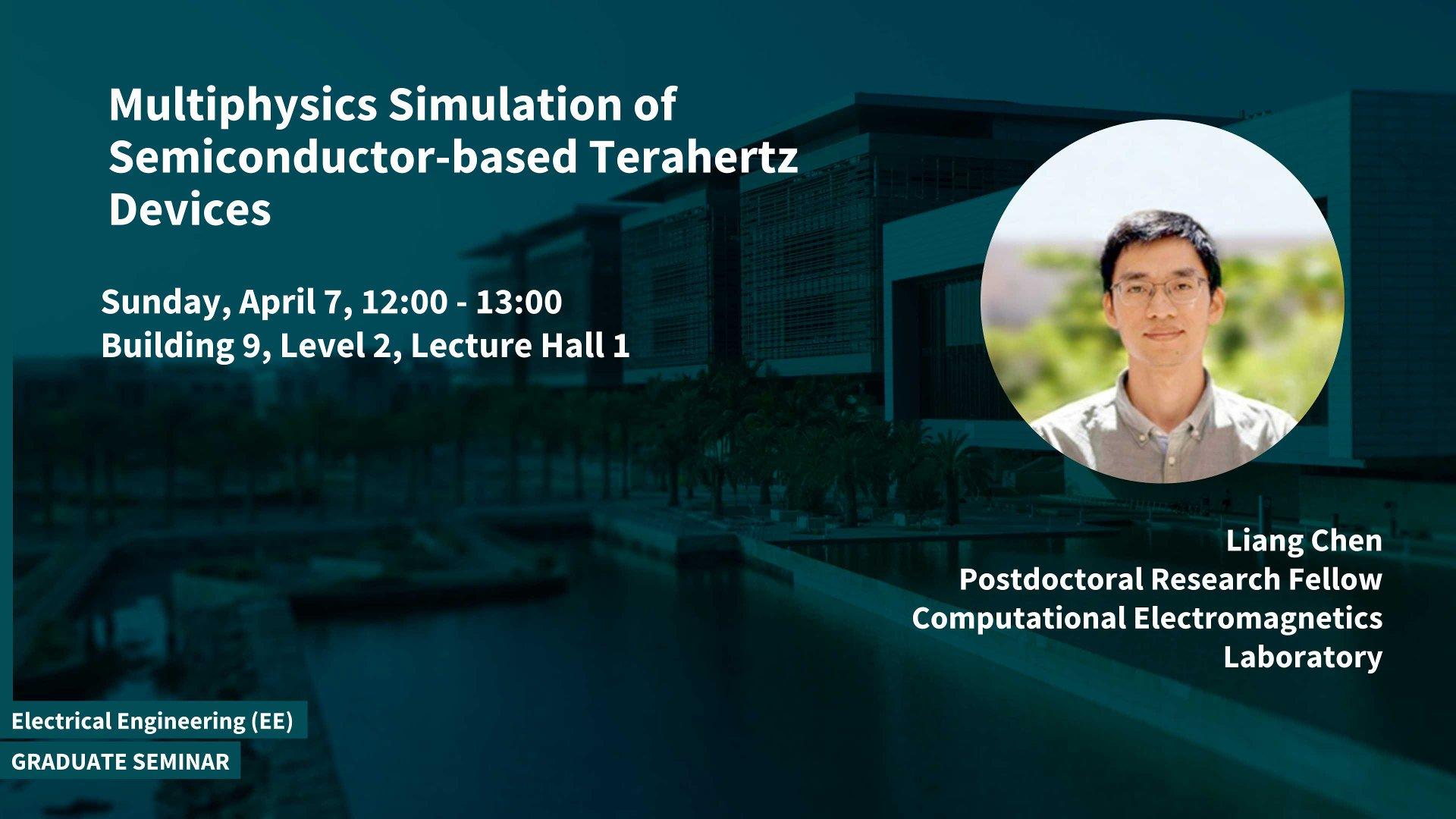Atif Shamim, Mohamed-Slim Alouini, Hakan Bagci
Monday, March 21, 2022, 08:30
- 17:30
Campus Library Seaside and virtual (please click registration link at the bottom)
The technological evolution has led to the current high-performing wireless communication systems that we use on a daily basis. However, coping with the increasing demand is becoming more and more challenging, especially since we are approaching the limits of what can be done with the available resources. One of these resources is bandwidth. This spectrum scarcity problem has motivated researchers to explore new frequencies for wireless communications. Due to this reason, the upper radio-frequency (RF) spectrum, from mmWave and THz to optical bands, is being pursued, which is termed as “Extreme Bandwidth Communication.” This conference brings world experts and the brightest minds from academia and industry to present the latest trends, challenges, results, and opportunities in the field of extreme bandwidth communication.
